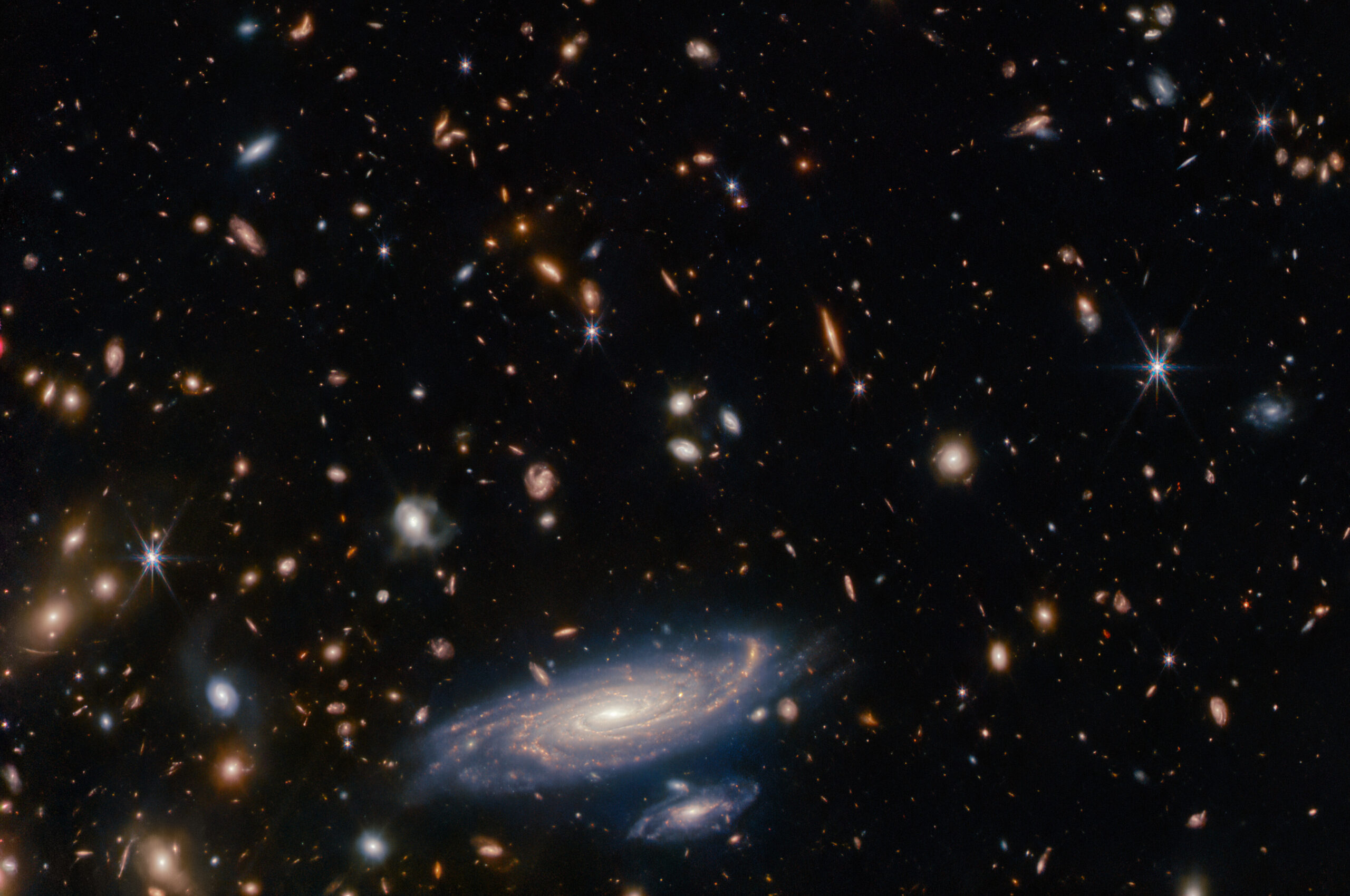ISSI welcomes Dr. Htet Yamin Ko Ko who will study how geospatial and satellite images can help us manage the effects of rising temperatures in cities.
Webinar with Pierre-Philippe Mathieu (Civil Security from Space (CSS) implementation manager, European Space Agency (ESA))
Thursday, 5th December 2024
(17h CET | 11h EST)
Please click here for the Zoom Session
Meeting ID: 852 6990 9362 Password: 459004
The space industry is undergoing a transformative phase driven by rapid advancements in sensor and digital technologies. This rapid evolution, characterised by unprecedented speed, is reshaping how we collect, analyse, and utilise data from space. The convergence of ICT breakthroughs, such as cloud computing and storage, alongside a sensing and connectivity revolution, has ushered in a new era of big data.
Webinar with Vassilis Angelopoulos
(UCLA, Los Angeles, USA)
Near-Earth space is filled with energetic ions and electrons of multi-MeV energy, which can damage sensitive satellite components and harm humans in space. The energy comes from the Sun’s outbursts of plasmas, the dynamic solar wind, but it is focused and amplified in Earth’s magnetized space environment, the magnetosphere. The tug of war between the solar wind and our magnetized planet drives the dynamic auroras, Earth’s radiation belts, and affects our atmosphere. Space weather is a major field of study for space agencies around the world. Modeling and predicting radiation particle fluxes is still in its infancy.
The International Space Science Institute (ISSI) in Bern, Switzerland, invites applications for a Post-Doctoral Fellowship in Earth Sciences for a two-year period, ideally starting in January 2025, to be negotiated. The successful candidate should have received a Ph.D. within the last five year in the fields related to Earth Sciences in general.
Roland Hohensinn’s research underscores the importance of Global Navigation Satellite Systems (GNSS) in both long-term geophysical monitoring and rapid-response applications, contributing valuable insights to the field of natural hazard assessment.
International experts converge to explore the role of Earth Observation in enhancing blue carbon ecosystems for climate change mitigation.
Space weather has affected aviation in many ways; effects include short-wave radio disturbance, single-event effects leading to upsets in electronics, Satellite Navigation systems disturbance via scintillation, solar radio burst effects on secondary surveillance radar, increased radiation dose at flight altitudes. In November 2018, a long process involving experts from many countries of the world came to a conclusion when the ICAO Air Navigation Commission and the Council of ICAO, the International Civil Aviation Organization, approved and published provisions in ICAO Annex 3 and guidance material on Space Weather in ICAO Document 10100. The advisories intend to provide the most up to date information on space weather impacts on aviation. The introduction of space weather in the ICAO framework has been a great achievement. What is still outstanding is the development of procedures that are globally standardized on the application of the advisories, as well as the provision of adequate space weather knowledge to pilots, controllers and other aviation personnel. Recent events are used to illustrate this. The talk will be about space weather for aviation: what´s been achieved – and what needs more work.
Human activities have become a dominant force of terrestrial transformations, inducing a clearly observable change of the climate, ubiquitous pollutions of air, soil and water, and an unprecedented decrease of the living. Faced with this situation, the assessment of the environmental footprint of human activities becomes a key instrument to inform sustainability action plans and roadmaps. In this webinar the speaker summarises the current knowledge on the environmental footprint of Space Sciences, explaining its origins and impacts. A particular focus will be placed on the carbon footprint of astronomical research, for which detailed estimates are becoming available. Forecasts for the evolution of the field will be discussed and confronted with the imperative to drastically reduce green house gas emissions over the coming decades. The speaker demonstrates that profound changes are required for making Space Sciences environmentally sustainable.
There is life on Earth thanks to the energy we get from the Sun. But how exactly does the Sun and our space environment result in a habitable climate? Some of the energy we get directly as radiation, some as charged particles from the solar wind and Earth’s magnetosphere. In this seminar, we learn how these two distinct sources influence our atmosphere and what the implications to Earth’s climate are. We particularly focus on the influence of charged particles of solar and magnetospheric origin, a pathway recently included for the first time in the climate simulations informing the Intergovernmental Panel on Climate Change (IPCC).
